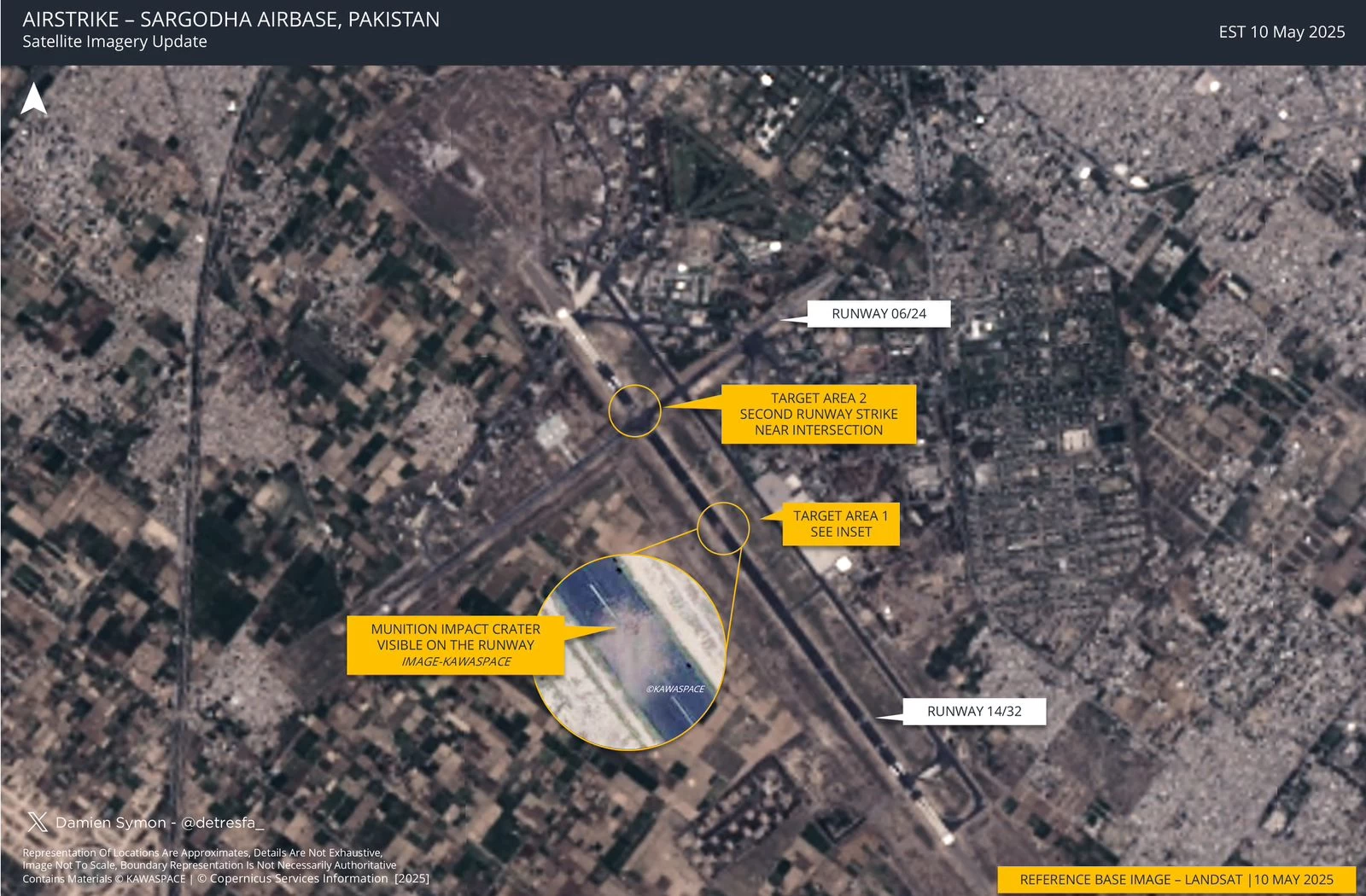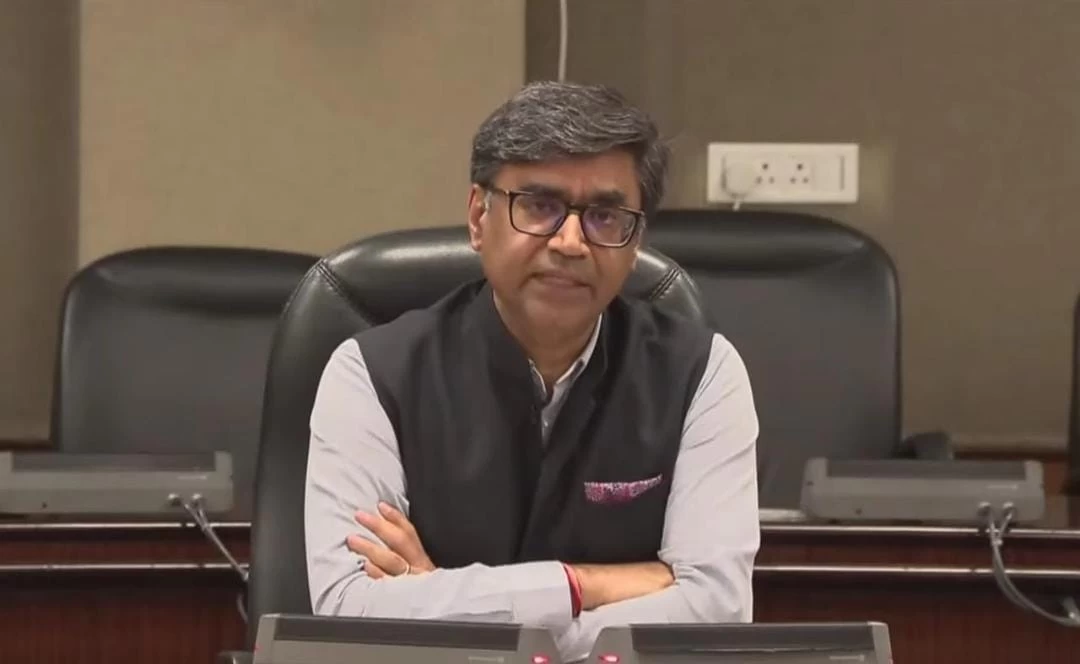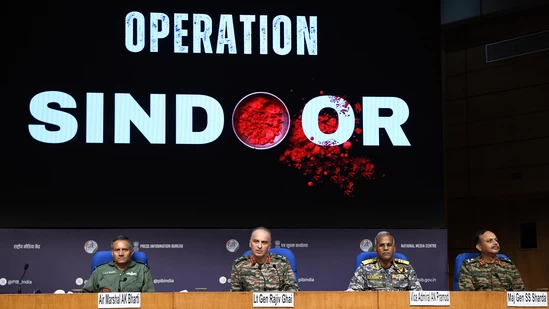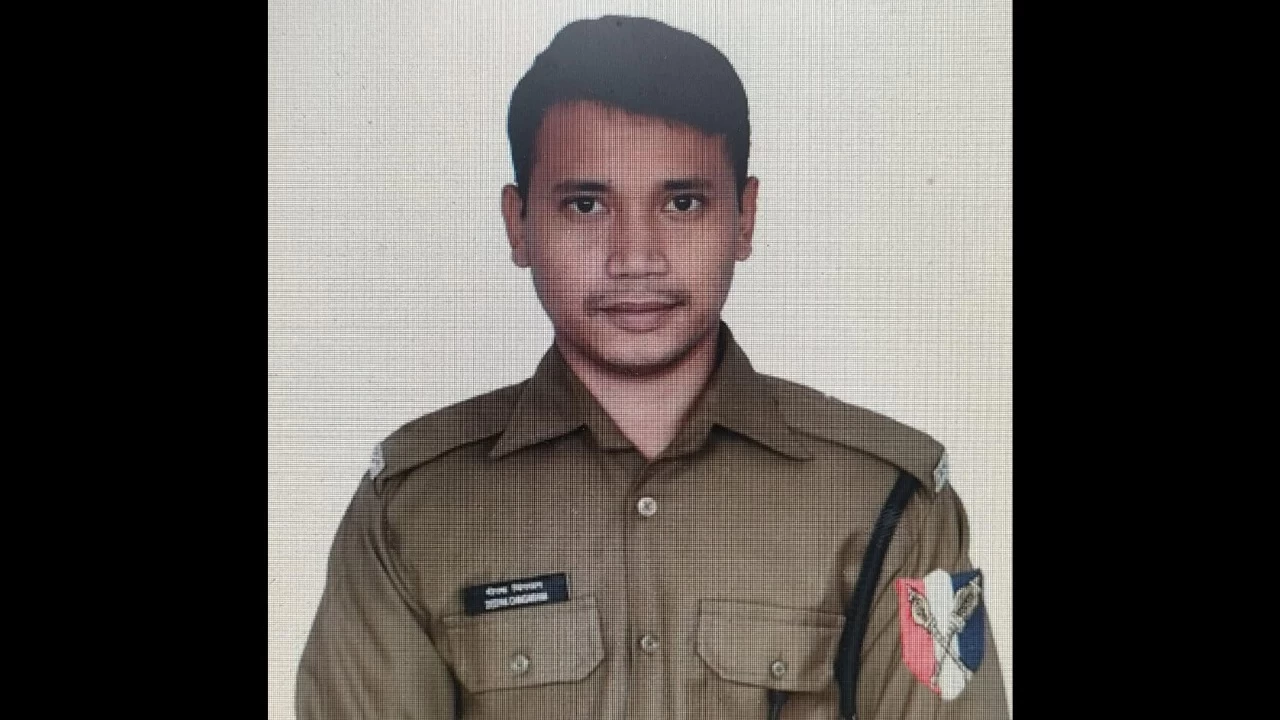Latest Updates
Indian Armed Forces Release Satellite Images of Precision Strikes on Terror Hubs in Pakistan and PoK

The Indian Armed Forces released high-resolution satellite imagery showing the aftermath of targeted missile strikes on multiple terror hubs located across Pakistan and Pakistan-Occupied Kashmir (PoK). The images offer clear before-and-after comparisons, revealing significant damage to infrastructure at known terrorist strongholds including Muridke and Bhawalpur.
According to senior defence officials, a total of nine sites were hit in the overnight operation carried out last week. Four of these were deep within Pakistani territory—identified as Bhawalpur, Muridke, Sarjal, and Mehmoona Joya—while five others were located in PoK, including Muzaffarabad, Gulpur, and Kotli. These sites had been under long-term surveillance for hosting terrorist activities linked to banned outfits.
One of the most notable targets was Muridke, often referred to as the “terror nursery” of Pakistan. The location houses the headquarters of Lashkar-e-Taiba (LeT) and spans over 200 acres. Defence sources confirmed that the complex contained training camps, command centres, and logistical facilities. The satellite images reveal extensive disruption at the site.
“This was a calibrated and proportionate response to the heinous attack in Pahalgam,” a senior military official told The Indian Express. “The Muridke strike holds both operational and symbolic value, as it is a central node in LeT’s planning and recruitment network.”
The operation, code-named Sindoor, was launched following the deadly terrorist attack in Baisaran near Pahalgam on 22 April, in which 26 civilians lost their lives. Intelligence inputs indicated renewed activity by groups such as LeT, prompting what officials described as a “decisive and pre-emptive strike.”
In addition to striking terror camps, India also targeted Pakistan’s air defence installations and selected airfields, signalling a wider strategic objective. A defence spokesperson stated that the action was “precise, proportionate, and consistent with India’s counter-terrorism doctrine.”
Highlighting India’s intent to inform the global community, the spokesperson added: “The release of satellite imagery underscores our transparency and resolve. It sends a clear message that we will act decisively against terrorism emanating from across the border.”
The Indian government reiterated that the targets were chosen based on verified intelligence and that the operation aimed to dismantle infrastructure operated by Lashkar-e-Taiba, Jaish-e-Mohammed (JeM), and Hizbul Mujahideen







.webp)
